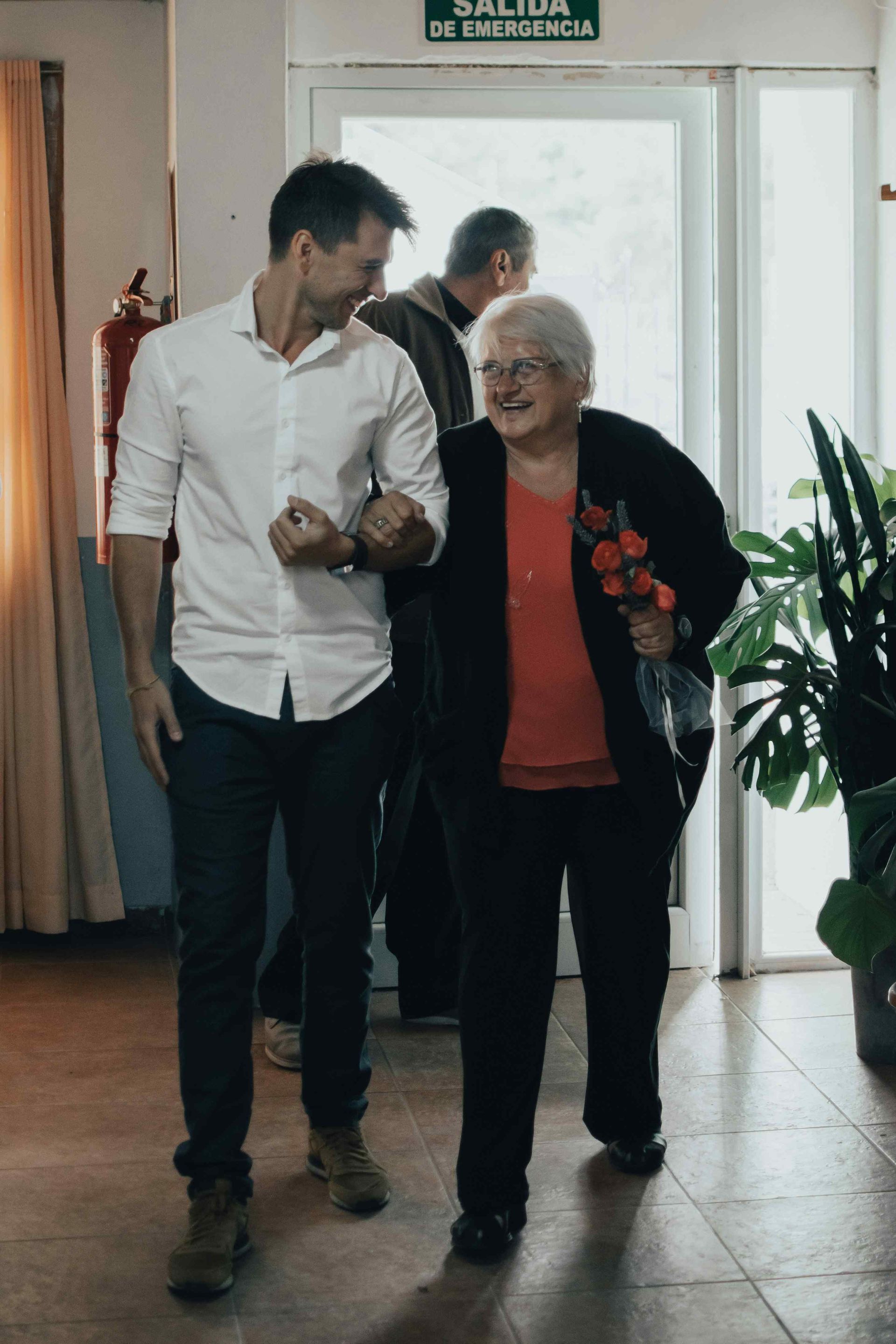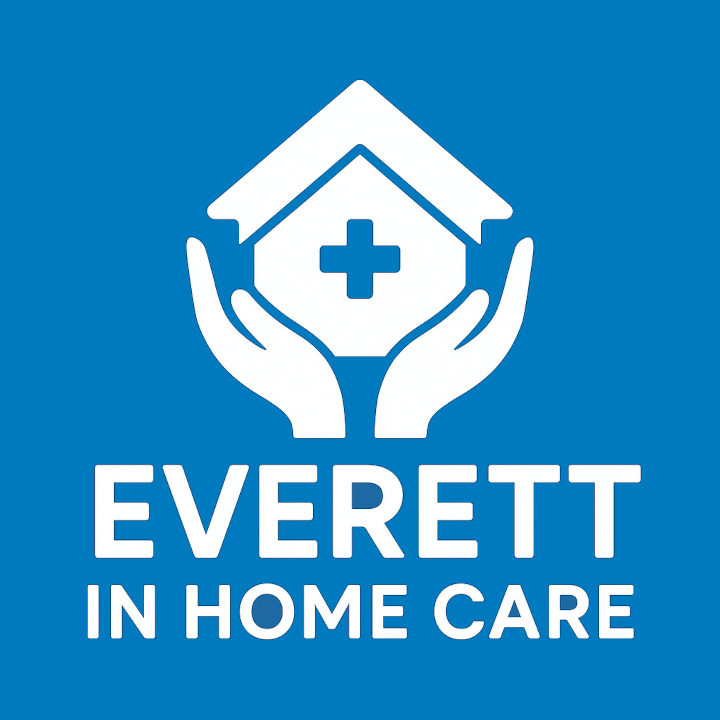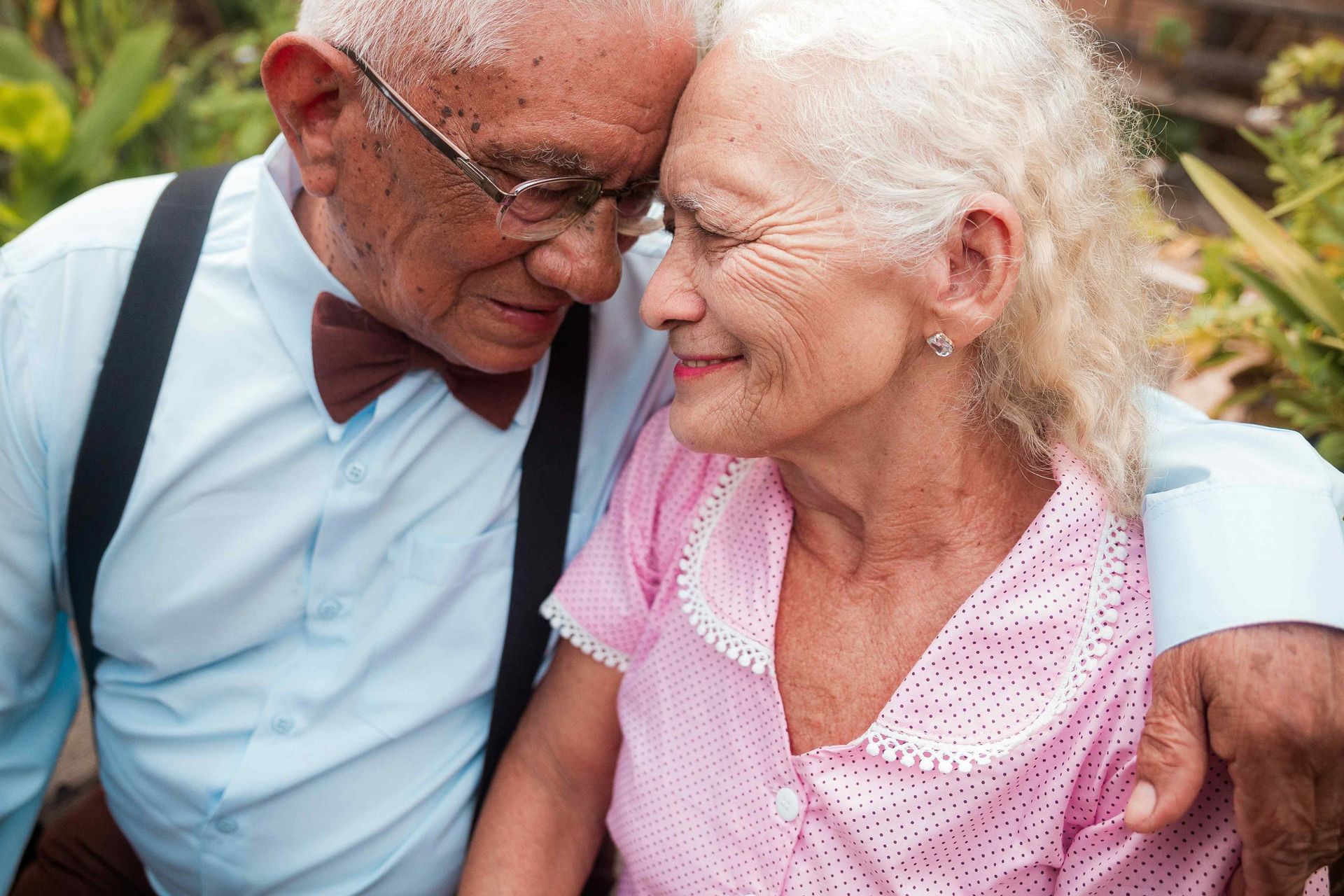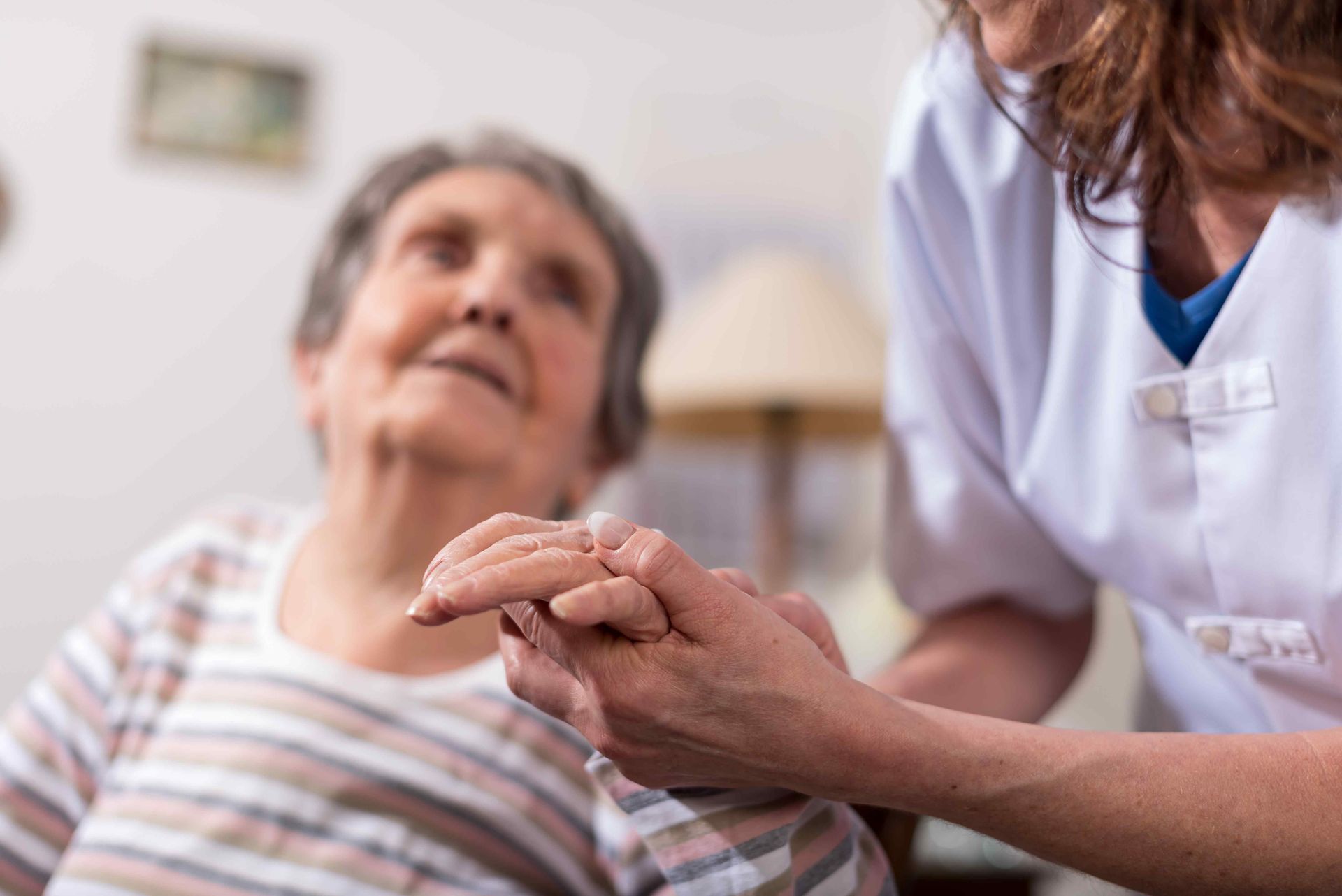Fall Prevention for Seniors
July 15, 2023
Fall Prevention for Seniors: 7 Proven Ways to Reduce Elderly Falls at Home

Falls are the number one cause of injuries and injury-related deaths among seniors. Each year, more than 1 in 4 older adults in the U.S. experiences a fall—often leading to serious complications such as fractures, head injuries, or loss of independence.
But here's the good news: falls are not an inevitable part of aging. With a few proactive steps, seniors and caregivers can dramatically reduce fall risks, improve safety, and support independent living.
This guide outlines 7 evidence-based strategies for fall prevention for seniors, from home safety fixes to exercise programs and medical reviews.
1. Understand Why Seniors Fall
Before preventing falls, it's critical to understand what causes them. Some common contributors include:
- Weak muscles or poor balance
- Vision or hearing loss
- Side effects of medications
- Unsafe home environments
- Chronic illnesses like Parkinson’s or diabetes
- Fear of falling, which can lead to inactivity and further weakness
2. Improve Home Safety for Seniors
Most falls happen at home, especially in high-risk areas like bathrooms and stairs. Here's how to improve home safety for seniors:
- Install grab bars in bathrooms and stairways
- Use non-slip rugs or remove them altogether
- Add motion-sensor nightlights
- Keep pathways clear and clutter-free
- Ensure handrails are secure and present on all staircases
✅ Pro Tip: Do a full home safety audit annually or after any major health event.
3. Stay Active with Fall Prevention Exercises
One of the most effective fall prevention tips is regular physical activity. Encourage seniors to do:
- Balance training like Tai Chi
- Strength exercises (light resistance bands or chair squats)
- Flexibility exercises to improve range of motion
- Walking at least 20–30 minutes per day
These activities reduce elderly fall risk by improving strength, stability, and confidence.
Best Programs for Seniors:
- Otago Exercise Program
- Stepping On (fall prevention workshops)
- SilverSneakers balance and strength classes
4. Review Medications for Side Effects
Many seniors take multiple medications. Some common prescriptions (like blood pressure meds or sleep aids) can cause dizziness or drowsiness.
Ask your pharmacist or doctor to do a medication review, and eliminate or reduce any drugs that:
- Lower blood pressure too much
- Cause sedation or confusion
- Interact with each other
✅ Ask About: Medication side effects and how they impact fall risk.
5. Schedule Regular Vision and Hearing Exams
Poor eyesight and hearing significantly increase the chance of falls.
Every senior should:
- Get annual eye exams
- Update their eyeglasses as needed
- Treat hearing loss with hearing aids or amplifiers
✅Clear vision and hearing help seniors detect hazards and navigate confidently.
6. Use Assistive Devices and Technology
Modern tools make preventing falls easier than ever.
- Canes and walkers offer physical support
- Shower chairs and raised toilet seats improve bathroom safety
- Medical alert systems provide 24/7 emergency help
- Wearable fall detectors alert caregivers instantly
- Smart home tech (voice assistants, motion lights) reduce risk
✅Choose tools that match the senior’s needs and abilities.
7. Prepare a Fall Emergency Plan
Despite all efforts, falls may still happen. Make sure your loved one knows what to do:
- Stay calm and don’t try to get up immediately
- Use a phone or emergency alert device to call for help
- Keep emergency contacts and 911 easily accessible
✅Having a plan ensures seniors and families are prepared and less anxious about the “what if.”
Bonus Tips: Involve Family and Caregivers
- Conduct safety audits together
- Join in exercise routines
- Help track medication schedules
- Celebrate progress to boost confidence
✅Prevention works best when families are involved and supportive.
Conclusion: Falls Are Preventable—Let’s Take Action
Fall prevention isn’t just about avoiding injury—it’s about preserving dignity, mobility, and quality of life for our aging loved ones.
By following these 7 proven fall prevention strategies—improving home safety, staying active, managing medications, and leveraging technology—families can make aging in place safer and more empowering.
Remember: A safer home today can mean independence for years to come.
Related Resources:
You might also like
Everett In Home Care Blog


